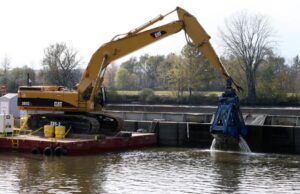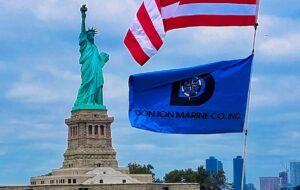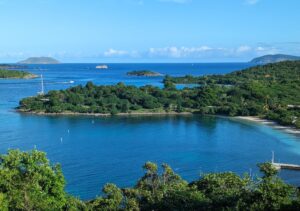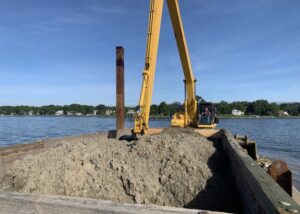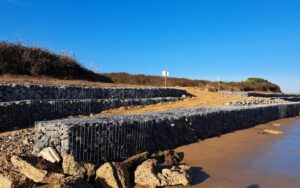USA: EPA Proposes to Add Newark Site to Superfund List
The U.S. Environmental Protection Agency yesterday proposed to add the Troy Chemical Corp. site in Newark, New Jersey to its Superfund list of the country’s most hazardous waste sites.
Past industrial activity at and in the vicinity of the site, including the manufacture of chemicals, has contaminated Pierson’s Creek, which flows into Newark Bay. Sediment in the creek contains elevated levels of mercury and other pollutants. Previous testing by the New Jersey Department of Environmental Protection showed that some sediment in Pierson’s Creek contained as much as 60% mercury by weight.
Exposure to even small amounts of mercury can damage people’s nervous systems and harm the brain, heart, kidneys, lungs and immune system. Children and pregnant women are especially vulnerable.
“Mercury is an extremely toxic metal, making it imperative that we make the cleanup of the Troy Chemical Corporation site a priority,” said Judith A. Enck, EPA Regional Administrator. “Mercury from Pierson’s creek is a significant source of contamination in Newark Bay and puts the health of people who eat fish from these waters at risk. By adding the site to the Superfund list, the EPA can ensure that a thorough investigation and cleanup takes place at the Troy Chemical site.”
The EPA has determined that proposing the Troy Chemical Corporation site to the Superfund list is the best course of action to protect human health and clean up the contamination. The EPA periodically proposes sites to the Superfund list and, after responding to public comments, designates them as final Superfund sites. The Superfund final designation makes them eligible for funds to conduct long-term cleanups. Today’s addition of this site, along with the Unimatic site in Fairfield, NJ, brings the total of proposed and final sites on the federal Superfund list in New Jersey to 116.
The Superfund program operates on the principle that polluters should pay for the cleanups, rather than passing the costs to taxpayers. After sites are placed on the Superfund list of the most contaminated waste sites, the EPA searches for parties legally responsible for the contamination and holds them accountable for the costs of investigations and cleanups.
[mappress]
Press Release, December 12, 2013


